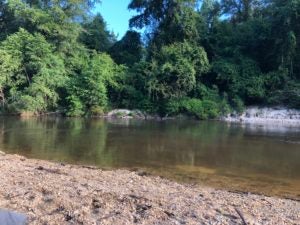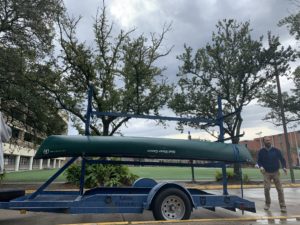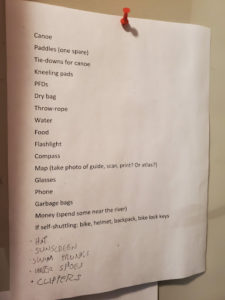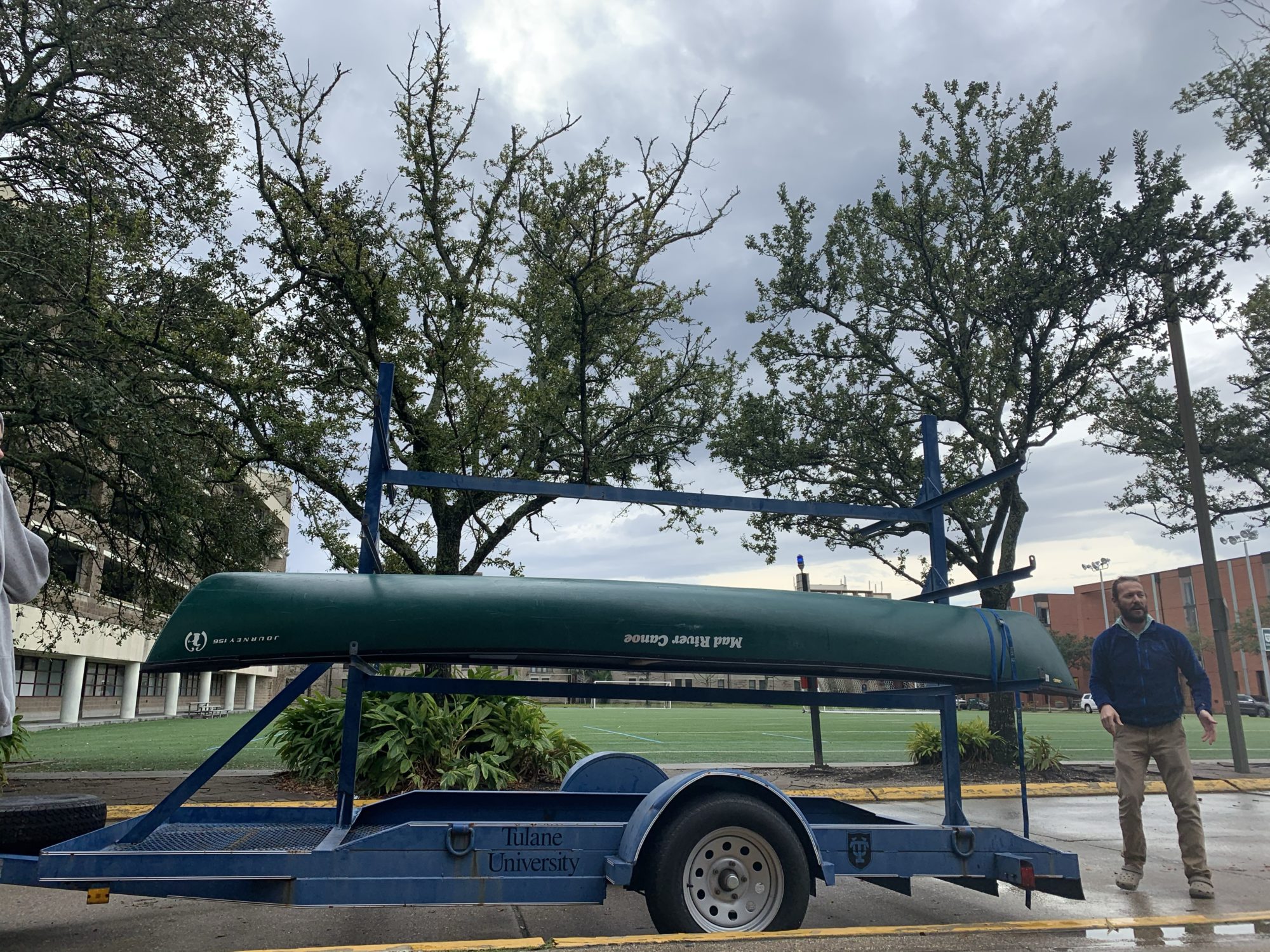By: Holt Bigelow

So you want to paddle huh? Whether you are canoeing or kayaking, paddling is a great way to explore the nature and waterways around wherever you live. The only issue with paddling trips is that they can be pretty difficult to plan and execute, so we created a guide to get you started.
Things you will need:
- Canoe, kayak, paddleboard etc.
- Correct paddles for the chosen method of aquatic transportation
- Personal Flotation Devices (PFDs)
- Water
- Throw rope (for tying up your boat on land)
- Method of transporting the boat to desired paddling spot
- This can be a trailer, a rack on top of your car, a pickup truck, or whatever other way you can get your boat to the water

Things you may want:
- Dry Bag (to keep valuables in)
- Hat
- Water Shoes
- Money (to spend at local establishments near paddling spot)
- Food
Ok, so you got all the gear you need to go on the trip, the rest will be easy right? Wrong, you still got a few more things to consider.
- What kind of trip are you embarking on?
- If you are going on a day trip, you can skip this consideration, but if you are planning to camp out on your trip, it would do you some good to plan for that accordingly, acquiring camping gear, extra food etc.
- My colleague Lindsey’s amazing blog post about backpacking is applicable here, pay special attention to the parts about obtaining permits and making a risk management plan.
- If you are going on a day trip, you can skip this consideration, but if you are planning to camp out on your trip, it would do you some good to plan for that accordingly, acquiring camping gear, extra food etc.
- What type of body of water are you paddling and how will that affect transportation?
- If you are planning to paddle on a lake, or any type of paddling trip where you depart from and return to the same spot, don’t pay any mind to this section.
- If you are planning to paddle a section of a river or any other trip where you depart from and end up at different spots, you are gonna need to figure out some type of shuttle system so that you don’t end up at the terminus of your trip with your way home 10 miles upriver. Luckily we have a few tried and true shuttle options for you.
- Con your friend into dropping you off and picking you up. This is really the ideal, it requires the least amount of logistic nonsense. If this option is available to you, seize it, it isn’t often that this happens.
- The 2 car switcheroo. This one requires 2 cars and some visual thinking. You drive one car with the boats on top and your paddling buddy drives another, when you get to the put-in, drop off the boat(s) and drive both cars to the trip’s take-out point, where you will leave one car, then finally hop into the car you didn’t leave and drive back to the put-in.
- The Bike Shuttle. Requires a bike and 2 people. If you only have access to one car, this is the method for you. First, drive to the put-in and drop off the boat and boating gear, then drive to the take-out and leave the car whilst taking out your bike, then bike back to the put-in point and stash it.
- The Hitchhiker. You get the gist, please use this method at your own risk.
- What is the skill level of those embarking on the trip?
- If you have never held a paddle before, it may not be best to take on a river with class 5 rapids. If you have canoed across the arctic circle you may find a jaunt around the local lake a tad boring.
- What are the trip’s conditions?
- Check the weather for the trip the night before and make sure it won’t be too hot or too rainy to have a good time.
- If you know anybody that has ever done the trip you’re doing, call them up and ask about the trip. Are there a bunch of downed trees over the river that make it difficult to paddle? Is the lake home to a particular breed of water moccasin that targets would-be trippers? Are there alligators? All important questions.
- Finally, something especially useful for river trips, see if you can check the flow gauge for whatever stretch you plan to do. Abnormally high CFS (cubic feet per second) can be dangerous and low CFS can make the river impossible to paddle on.
If you have done all this good job! You only have a couple more things to do then you can be off on your adventure!
- Double-check the map/route you will be taking.
- Make sure you have plenty of water, dehydration is a real factor on the water and no one wants to drink straight out of a lake and get beaver fever.
- Tell someone about your plans, when you are leaving, and when you expect to be back.

After taking these precautions you are all good to go, have fun and happy paddling!
About the Author

Name: Holt Bigelow
Year in School: Freshman
Major: English
Hometown: Albany, Georgia
Favorite Outdoor Activity: Paddling
Favorite Camp Food: Refried Beans & Rice
Ideal Outdoor Trip Destination: The Amazon
If you were stranded on a desert island, what/who would you bring with you: A Guitar
